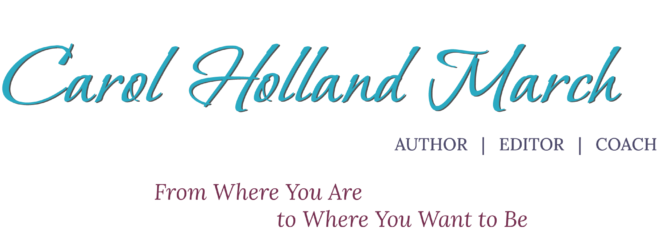
Have you ever felt stuck? At a stalemate? Not sure where to go next or what to do?
Trauma, illness, unexpected life transitions of all types can leave us at loose ends, not sure how to pick up the pieces. Maybe even wondering if we want to. Transition, especially the involuntary type, calls into question who we are, how we relate, what roles we want to resume or release.
After life changing events, we often need to change priorities, evaluate time and resources, develop or re-gain the crucial balance that promotes clear thinking and productive effort. On some level, we know that. The problem is, how to do it?
The uncomfortable emotional states of transition don’t help. Some people get depressed. Others feel anxiety about the future. Old habits thought long conquered may re-assert themselves. Unfinished creative work may look stale and not worth completing. New ideas fail to materialize.
Sometimes what is nearest our hearts is the most difficult to acknowledge. After all, what if it isn’t possible? What if we can’t find meaningful work, a loving relationship? What if we try and fail to write the novel or poem or song?
As a transition coach, I’ve met people who spent years denying what they most wanted to do, be, or have in the interest of security, loyalty, or the need to stay compliant with family or community values. Without exception, when they made the leap of faith and started singing their own song, miracles happened. Not everyone was “successful” in the financial sense, but all experienced an upsurge in energy, in personal well-being, and self-confidence. Taking the leap is hard, but so worthwhile.
I’m no exception, and am quite capable of staying stuck while terribly busy doing things that are not quite right. I rationalize, explain how I need income, security, something to do that’s not too hard because I’m sick, upset, or lacking in confidence. All the while, the voice in my heart reminds me to look inward, to walk the inner path where wisdom lies, often buried beneath heaps of excuses.
When I’m stuck on a project or need to get myself out of a difficult place, I remember the North Star, the brightest star in the sky that always points to the same place. The Center. The place within us that is most authentic.
The North Star is the meaning and direction of my life. Although I’ve always known I’m a writer, how to express it has evolved. No matter if I worked in corporate communications, free-lance editing, fiction or nonfiction, the needle always pointed true. The North Star gives life a focus.
When I’m stuck for an answer, I pick up my pen and start writing. Write long enough, regularly enough, and you’ll find what everyone who uses this practice discovers. The creative self within. The Muse waiting patiently to offer her gentle guidance. The wisdom of the heart. The well, the watcher, spirit, the inner guide.
Journaling for insight and self-discovery is a tool for everyone, not just writers. It stops the mental circling that is never productive. Putting thoughts into words helps us understand them and come up with new solutions. It helps us work out how we feel about things. Pursued regularly, it leads us unerringly toward our own center, whatever form that takes.
Try journaling for a week or two, at the same time every day, for about twenty minutes, and you’ll begin to see the benefits. Keep going and you won’t be able to shut out the light of your personal North Star.





 Language shapes our concepts about who we are and what we can do. Even idle words tossed off without thinking can be taken to heart and turned into beliefs. Hiding beneath the notice of the analytical mind,these beliefs govern behavior even when the person has opposing conscious beliefs.
Language shapes our concepts about who we are and what we can do. Even idle words tossed off without thinking can be taken to heart and turned into beliefs. Hiding beneath the notice of the analytical mind,these beliefs govern behavior even when the person has opposing conscious beliefs. The Book of the Center
The Book of the Center

 Does your inner critic stop you from accomplishing your goals? Maybe with sabotage?
Does your inner critic stop you from accomplishing your goals? Maybe with sabotage? We all have an inner critic. It’s a function of the conscious mind. Some have huge, robust, well-developed critics that comment and decide on every aspect of our lives. Others, more fortunate, have milder critics who appear only once in a while.
We all have an inner critic. It’s a function of the conscious mind. Some have huge, robust, well-developed critics that comment and decide on every aspect of our lives. Others, more fortunate, have milder critics who appear only once in a while. Do you have an inner critic? Do you recognize its voice?
Do you have an inner critic? Do you recognize its voice?